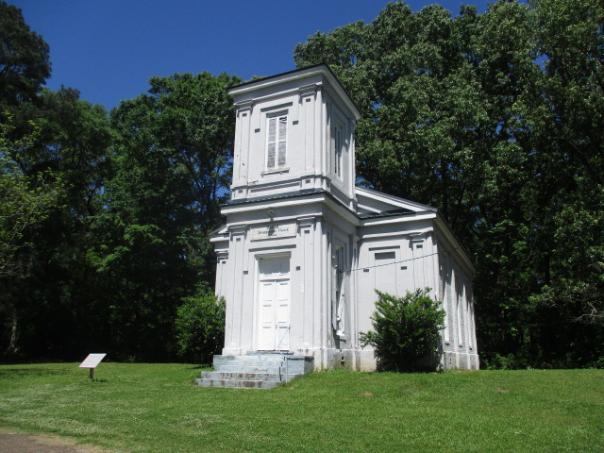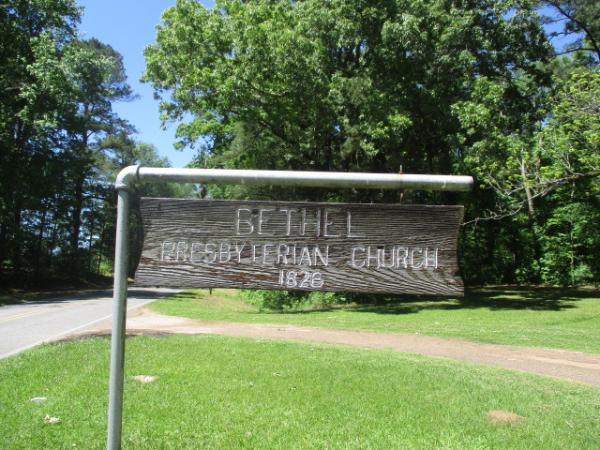
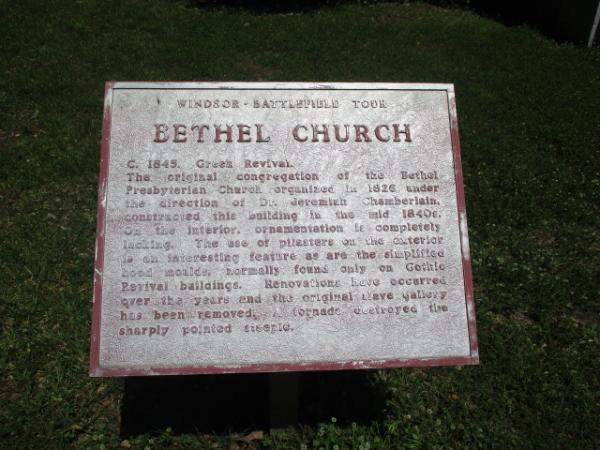
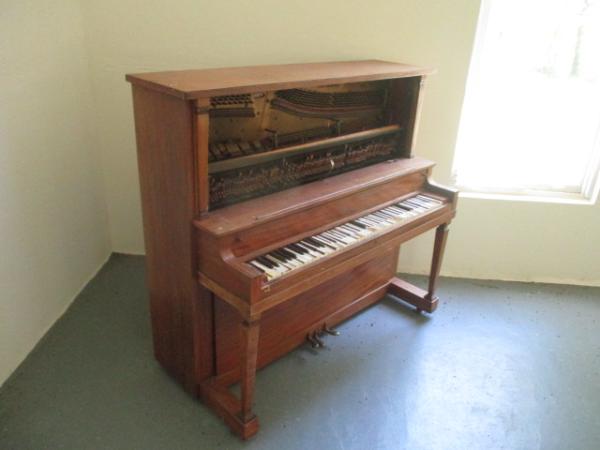
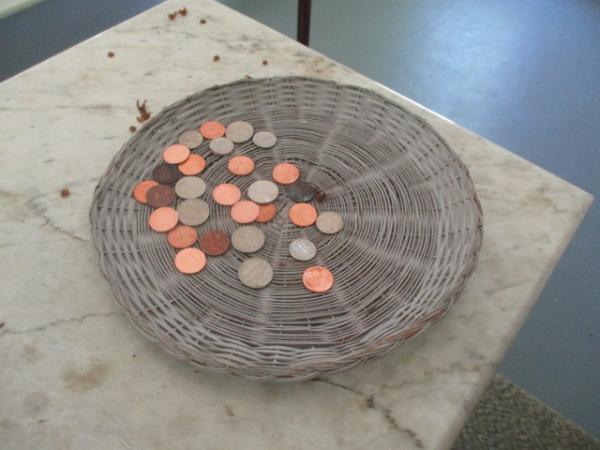
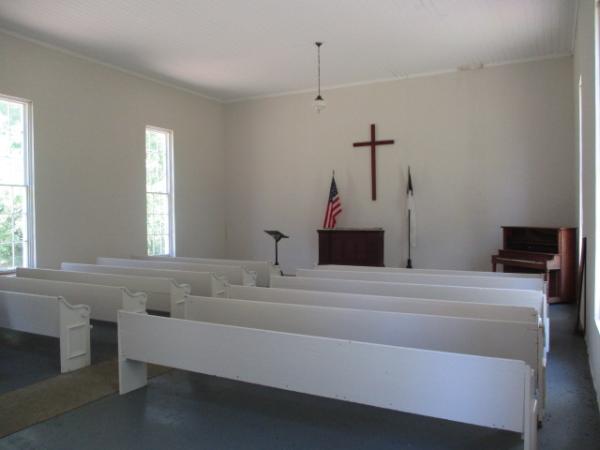

| Bethel Presbyterian Church Claiborne County Mississippi |
| This historic church is located in an unincorporated community known as Alcorn. It's about a mile north of Canemount Plantation and three miles south of the Windsor Plantation ruins. Alcorn, Mississippi is the unofficial name of an area in Claiborne County, near Alcorn State University. However, the school is officially in Lorman, in Jefferson County, Mississippi. "Bethel is," as the Preservation in Mississippi blog so aptly puts it, "one of the many beautiful, historic churches dotting the formerly populous rural countryside in Jefferson and Claiborne Counties." You can't imagine how true this statement is unless you've wandered the scenic roads of this history-rich area. Bethel's congregation was established in 1826 and the church was constructed in the 1840's. One of its early ministers was Dr. Jeremiah Chamberlain, who was the first president of Oakland College, the site of current day Alcorn State University. Alcorn, Mississippi is home to four places listed on the National Register of Historic Places: Bethel Presbyterian Church, Canemount Plantation, Oakland Chapel and the Catledge Archeological Site |
| The pictures on this page were taken by my son, daughter-in-law and granddaughter on a recent trip to Claiborne, Jefferson and Adams Counties. They visited historic churches, cemeteries and a synagogue in Port Gibson. They strolled through the haunting ghost towns of Rocky Springs and Rodney and visited their ancient cemeteries. They took photos in cemeteries that author Eudora Welty photographed in the 1930's, when they had already been abandoned by towns that had all but ceased to be. And they wondered at the fragile nature of the monuments we build, believing that they will last forever. -- Nancy (May, 2019) |
| The link to this page is: http://old-new-orleans.com/Bethel_Church.html Back to Road Trip Index My G-Grandfather's Attic - Home Whispers |
| Bethel Church c. 1845, Greek Revival The original congregation of Bethel Presbyterian Church, organized in 1826 under the direction of Dr. Jeremiah Chamberlain, contracted this building in the mid-1840's. On the interior, ornamentation is completely lacking. The use of pilesters on the exterior is an interesting feature, as are the simplified hood moulds. Normally found only on Gothic Revival buildings. Renovations of the interior have occurred over the years and the original slave gallery has been removed. A tornado [in the 1940's] destroyed the sharply pointed steeple. |
